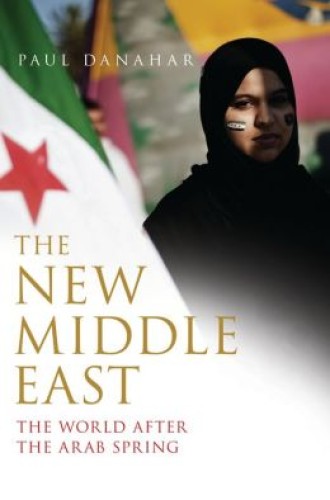The New Middle East, by Paul Danahar
As Egypt struggles toward stability and Syria descends further into a bloody nightmare, the Middle East’s ancient Christian communities have taken to observing sadly that the Arab Spring has turned into an Arab Winter. The devastation that the U.S. invasion of Iraq and its complex aftermath wrought on the Iraqi church is now being reprised in even grimmer fashion in Syria. Across the Middle East, emigration trends that already posed a threat to the future of Christianity in the region have intensified.
Christians in the United States who are committed to accompanying the churches of the Middle East as they find courageous ways to witness to the gospel amid violence, economic hardship and the threat of unrest are looking for help in understanding the shifting dynamics of the post–Arab Spring Middle East. Paul Danahar’s lengthy study The New Middle East: The World after the Arab Spring would seem to promise such help. The former senior Middle Eastern correspondent for the Guardian, Danahar reported from several Middle Eastern countries and has a generally firm grasp of key dynamics shaping the region.
Although Danahar does not comprehensively discuss all the places where Arab Spring upheavals have challenged entrenched political regimes (his discussion of Tunisia is limited, and he barely mentions Bahrain and Yemen), he does cover a substantial amount of ground, with a chapter each on Egypt, Iraq, Libya, Syria and U.S. Middle Eastern policy, as well as two chapters on Palestine and Israel.






